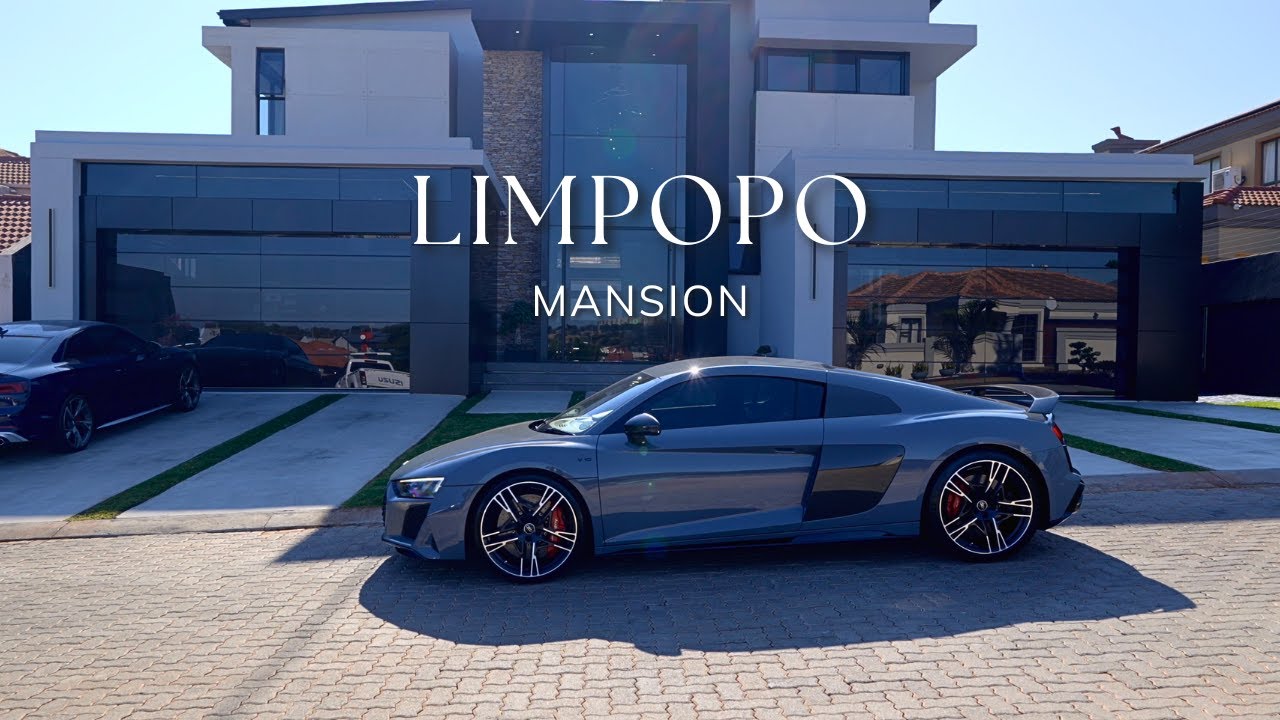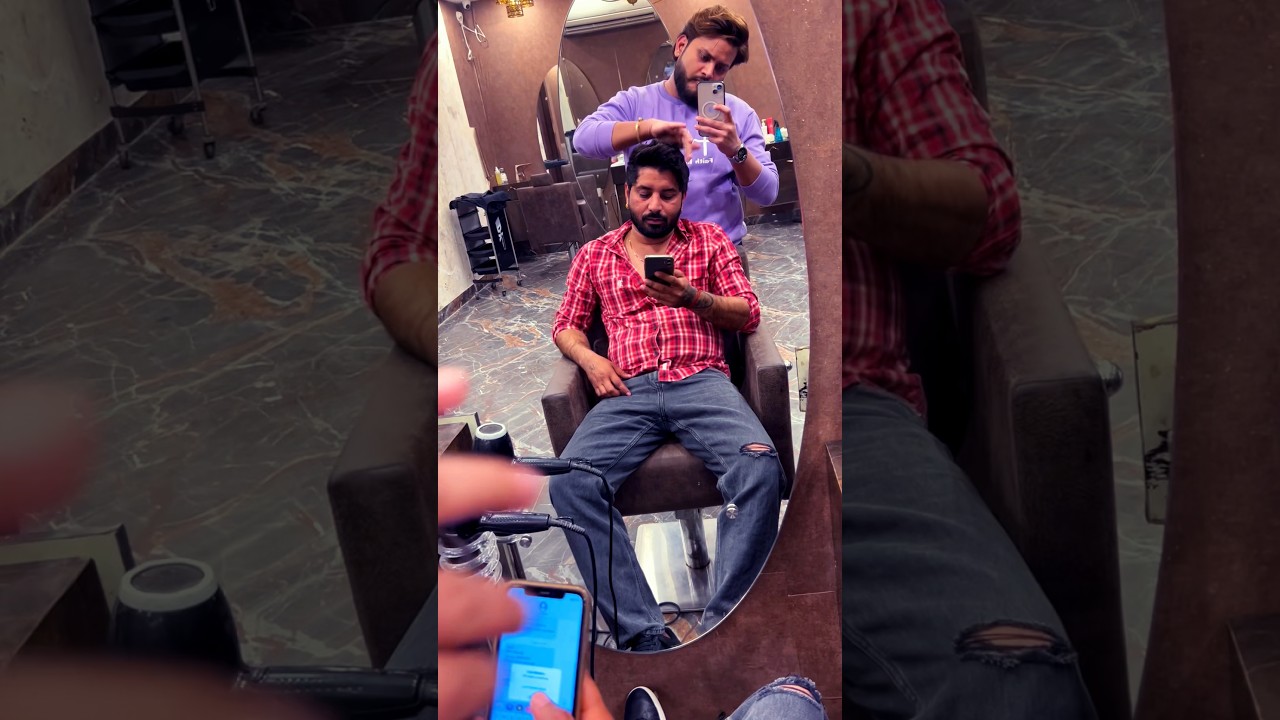THE INSANE DESIGN OF DUNE
THE INSANE DESIGN OF DUNE
This video is about the extremely based costume and set design of Dune by Denis Villeneuve and the architecture and fashion that inspired it.
Follow me on Instagram: karsten_kroening
karsten kroening.com
0:00 intro
0:52 How dune recontextualizes sci-fi aesthetics
4:03 the design of the harkonnens
7:47 the design of arrakis and the…
source
Reviews
0 %










Actually, the bath scene from Dune 1 with the Barron. This is a contemporary art installation from the 90s or the 2000s that they re-used in this setting. And it feet so well with the aesthetic of the movie.
Love this video. About window-lattices, they reminded me of middle-eastern cultures where there is a strict gender division. Women's quarters often had these screens or lattices on windows and balconies, so that they can see the outside world, but without themselves being seen by outside men.
missed oppurtunity to name it The Spicy Design of Dune lol
Great video essay! I agree there’s great design, except for the sand worms and the spaceships.
Dude this video is f*cking amazing. The contextualisation was great to see
Ghost in the Shell is neo cyberpunk, which is characterized by a sense of hopefulness compared to the previous stuff like Bladerunner.
In GitS, society is normal and technology is just a facet of normal life. GitS always ends with some kind of obvious victory over a bad guy. The tech is almost just a backdrop.
Love the piano rendition of Washer at the end
fellas what the fuck is the outro song it sounds so familiar i can't put my finger on it
Lynch understood the aesthetics of power – how power expresses itself in fashion, architecture, and design – way more that Villeneuve did. Villeneuve's limited "vision" was rooted in the cold war austerity of the Soviet Bloc and Scandinavian brutalist (which was actually born in France) minimalism, as its association with totalitarianism, when instead he should have invoked the Napoleon III/Edwardian Baroque grandiosity more fitting of a feudal society.
In the Dune universe, all computers and “thinking” machinery like A.I. were destroyed and are extremely illegal culturally, so all their tech is analog. This means things like clothing and buildings are probably made with more craftsmanship than automation and it shows in these films.
Have you heard of City? The art project in the Nevada desert? I saw the beginning of a recent video about it, then i got bored and googled it, and i saw a bunch of dune-like architecture, i was like "this has to have been an inspiration for the set design". Or maybe they were both inspired by the same kinds of other architecture.
Look up Hamcus if you really wanna look fremen
I wished there were more variety in the designs though. Every place kinda looks the same
1:55 that feels like a WAY over-simplification and generalisation that Star Trek and Star Wars and 50s retro sci-fi is 'the same style', wtf are you talking about? Isn't Star Wars infamous for how itself was groundbreaking and re-contextualising the sci-fi aesthetic, and specifically BECUZ it did not go along with trends of utopian futurism and clean/smooth/polished starships, it instead showed the world as lived-in, grimy, dirty, trashy, using kitbashing and showing half the vehicles as defunct, broken, falling-apart, like everything had a hundred years of wear-and-tear to it. That's not retro-futurism. I get it, Star Wars' aesthetic is now pretty much the default, but its pretty damn crucial that at the TIME, it was very much a new aesthetic that set itself apart. This feels like a Gen-Z retro-actively creating their two camps of sci-fi aesthetic becuz they've forgotten about the chronology of science fiction. I understand, you just want to quickly get to the point, but then don't act like that is the established way of thinking and how aesthetics are classed.
what shirt r u wearing in the video? looks so good
I wish you would have mentioned DEMOBAZA. The designer pieces we're used on Dune for the Freeman still suit.
Fremen attire in the films are based on Berber culture (North Africa not Middle-East). You are right on the fact that this culture pre-dates islam as berbers have been colonized by the arabs during the expansion of Islam in the Middle Ages. You can find a lot of similarities between Fremen and Berbers, mostly Tuareg clothing and Kabyle, Zayane or Chaoui jewellery (You can see examples of those on lady Jessica during here arrival on Arrakis as you said).
Is there a connection between brutalism and fascism. That’s what I was getting from the Harkonnens. Joy Division were not fascists but the name came directly from fascism. Is there a link?
Boris bidjan saberi
I'm pretty sure the Harkonnens were inspired by the 70s concept art for Jodorowskys attempt at Dune, which were made by swiss artist H. R. Giger
If I took a shot every time you said aesthetic, design, or architecture, I would’ve had to have my stomach pumped two minutes into the video.
Please, take this as constructive criticism: tighten up your scripts. While you’re at it, don’t look at the script while you’re filming. Memorize it like you would if you’re giving a speech, and maybe keep an iPad or laptop at the same eye line of your camera with prompt words on a timed slide show. This will help guide you along and keep a good pace. As it is now, you’re racing nervously through your essay, saying the same things over and over again.
Hope that helps
I thought the visuals made for the Harkonnens were more inspired by the failed Jodorowsky's Dune made by HR Giger and comics from Metal Húrlant.
Great video! Great info! You really know your stuff. It’s all very interesting, I say make another one, I’d watch it.
Fantastic video! I got to ask, what is the fur blanket in the background? Anyone know?
First time watcher but I love this video and would like more. You’ve hit the nail on the head on some parts but other parts totally off but still I appreciate your analysis.
In particular Patrice Vermette’s wife designed the bronze relief panels for the Dune palace. This actually referenced 60s Italian and Brazilian mid century brutalist interiors which I love is also kinda referencing the time period this sci-fi novel was written in.
The same with Brion tomb built in late 60s-early 70s.
Would love to watch a ‘making of Dune’ just for the production design alone.
Love this type of video. Great idea. Did the costume designer confirm that they offically used rick pieces?
You've never met Harkonnens before, I have. They're not human, they're BRUTALIST
Paul is so based he’s the base of a pillar
you absolutely nailed this
Also good to mention how story informs architecture. No matter where you go the style is but and large brutalist which adds to the cold, detached culture of the world. Politics over passion. You can really feel how cold and isolating the environments are for Paul before he goes to the fremen
god I hate knowing more about dune than everybody else. But this is my cross to bear. 🥲